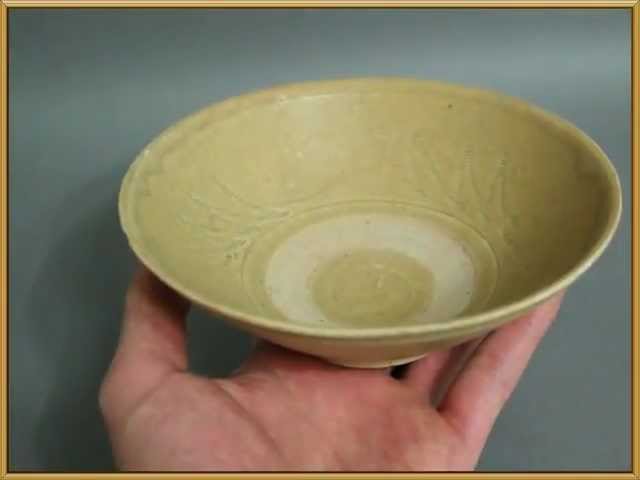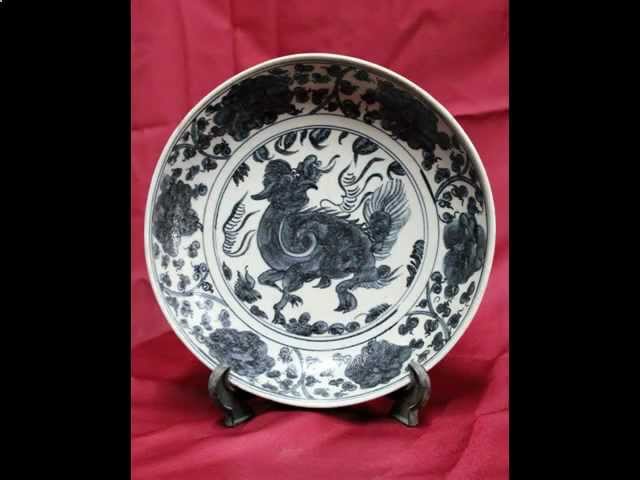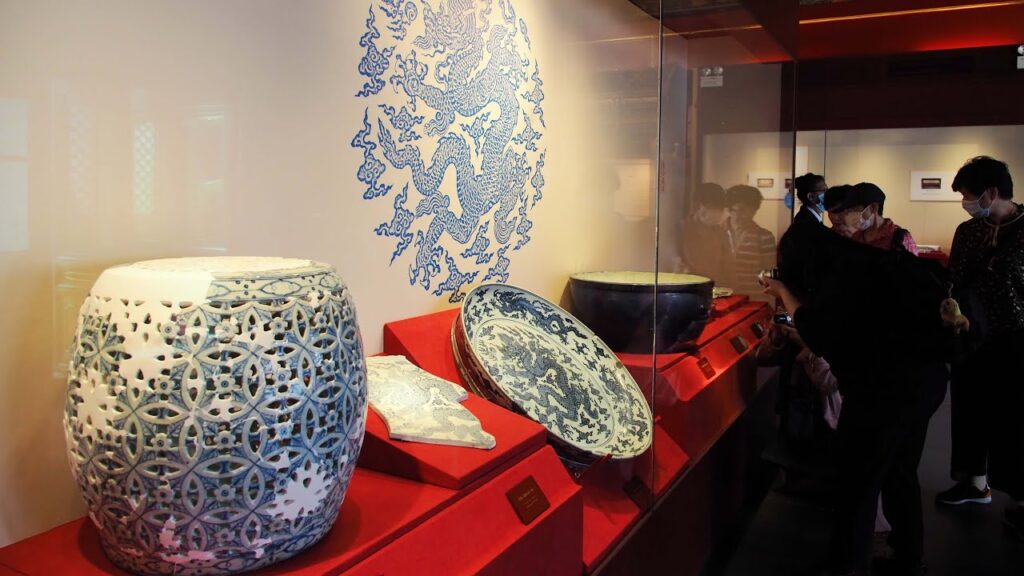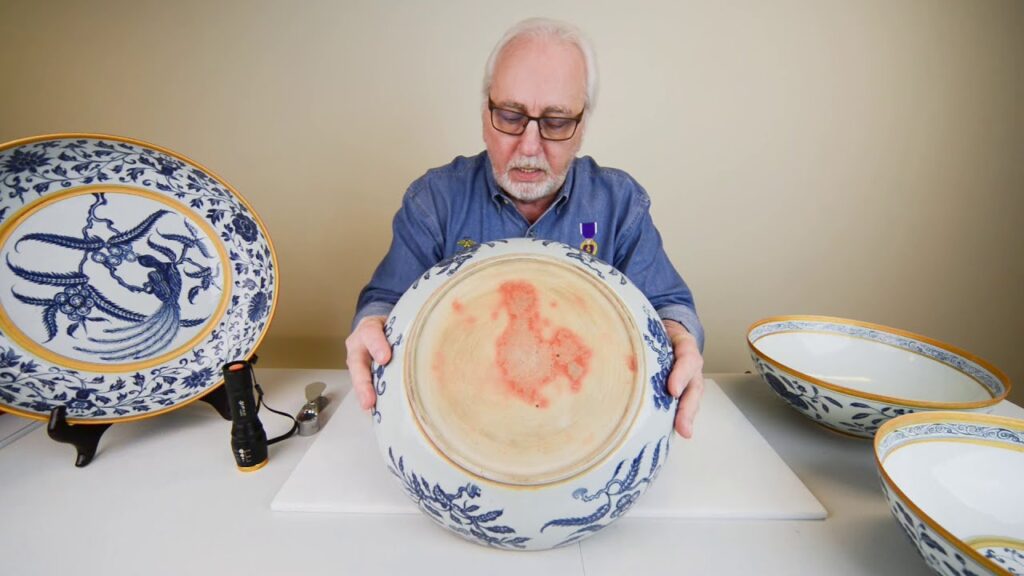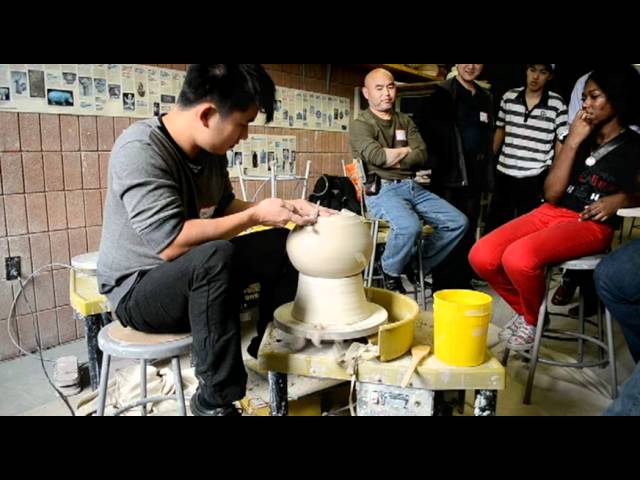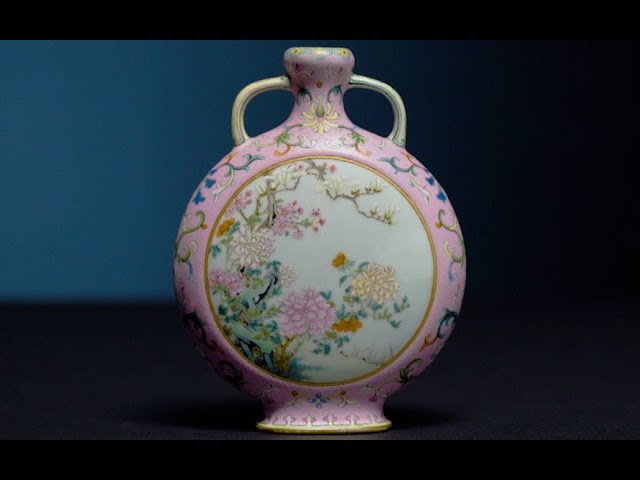Peonies, jasmine, chrysanthemums and other flowers are loaded with meaning in Chinese art.
Chinese porcelain has been decorated with a huge variety of motifs in the years since the first recognisable shapes appeared on painted pottery in the Neolithic period. Since the Song dynasty (960-1279) flowers have been among the most popular decorative themes.
This was particularly true on 18th-century enamelled porcelains. The choice of designs was based not only on their beauty, but also on what the motifs represented. ‘Throughout Chinese history, symbolism has been integral to its artwork,’ says Katie Lundie, Chinese Ceramics and Works of Art Specialist at Christie’s in London. ‘These links are often very playful.’
Find out more:


